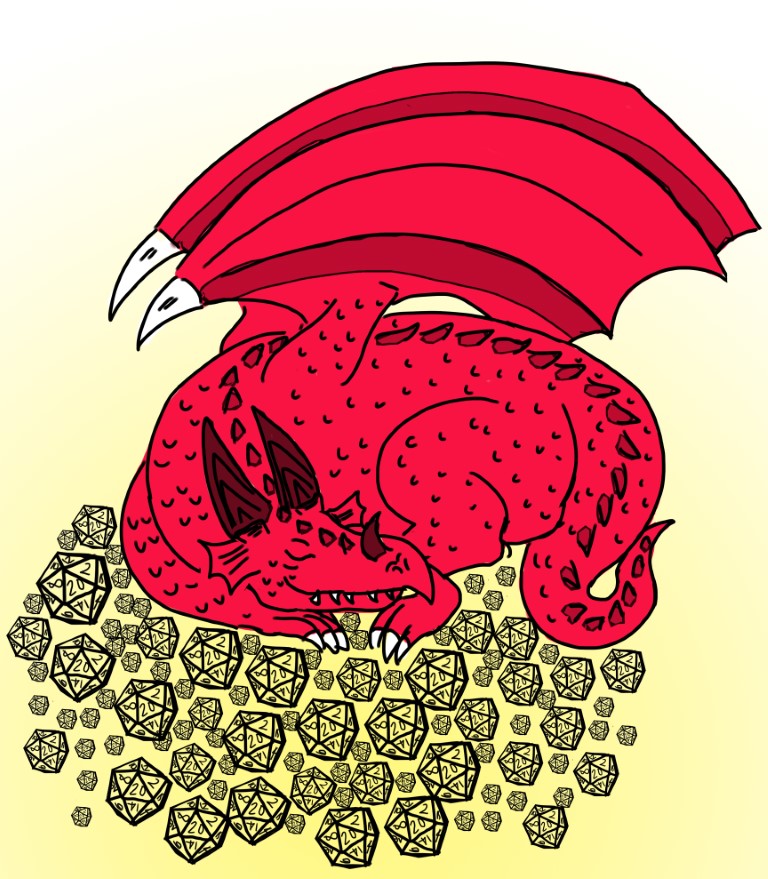
The importance of establishing setting in your D&D campaign
By Jacey Gibb, Distribution Manager
Welcome to Dinguses and Dragons, a weekly column aiming at demystifying and introducing the game of D&D to new and potential players
Whether you’re playing a premade campaign or forging your path with a homebrewed one, the importance of a good setting should never be overlooked. A story’s setting has a ripple effect on every other aspect, so let’s explore some of those ripples.
When your party arrives at a new destination, it’s important to brainstorm enough about the location to set up or allude to future sessions. If the party is visiting a remote mountain village, prepare a few tidbits from the village’s history. What’s the most prominent race living there? Is there a particular reason why this village exists here rather than on another mountain range? Did this used to be a bustling blue-collar town before the mine closed, and now there’s a sense of gloom? Is the mine sealed off, or could your party potentially explore it? You don’t have to open a whole history book, but thinking of key characteristics about the setting will help it feel more established and authentic to your players.
Working out a backstory and context beforehand is important, but also be open to improvisation from both yourself and your players. If the party gets to a city, and they ask about something you didn’t think of preparing (say, a battle arena) just go with it. Players are more engaged when they feel like they’re contributing to the overall story, and this includes the campaign setting.
The website donjon has a random town generator that’s perfect for getting started in a new city. You can modify things like town size, where the city is located (grassland, arctic, forest, etc.) if it’s along a coast or has a river flowing through it, and it’ll even provide you with a map. If that wasn’t enough, the generator also provides “notable places” for the players to visit and some non-player characters (NPCs) for them to interact with. Even if you don’t like certain parts of the generated town, you can cherry-pick your favourites and ditch everything else.
Where your story takes place will also affect the types of combat and enemies the party encounters. If they’re in an urban setting, they’re more likely to face humanoids or organized groups. In the wilderness, animals or other monsters can be their go-to foes. If they’re in a city, are they trying to maintain a low profile, or is there a specific reason why they’ve come to this town? Are they looking for someone or something in particular? Even the transition between cities can be the setting if players encounter highway bandits or mysterious strangers looking for help. Tailoring your combat situations to the different settings will also keep them diverse and interesting.
(Side note: I mentioned traveling between locations in the previous paragraph. In real life traveling between cities or regions would take days—especially if the party is traveling by foot—but D&D isn’t real-life. If there are important plot points or character growth you want to see before the next city, spend part of your session “traveling.” Otherwise, skip the between time and start with them arriving at the new location.)
Changing up your setting can also breathe new life into a campaign. If your party’s been in the same city or region for a while, come up with a new hook or reason for them to depart. Exposing your party to new situations, characters, and conflicts can spice things up and keep players invested.


